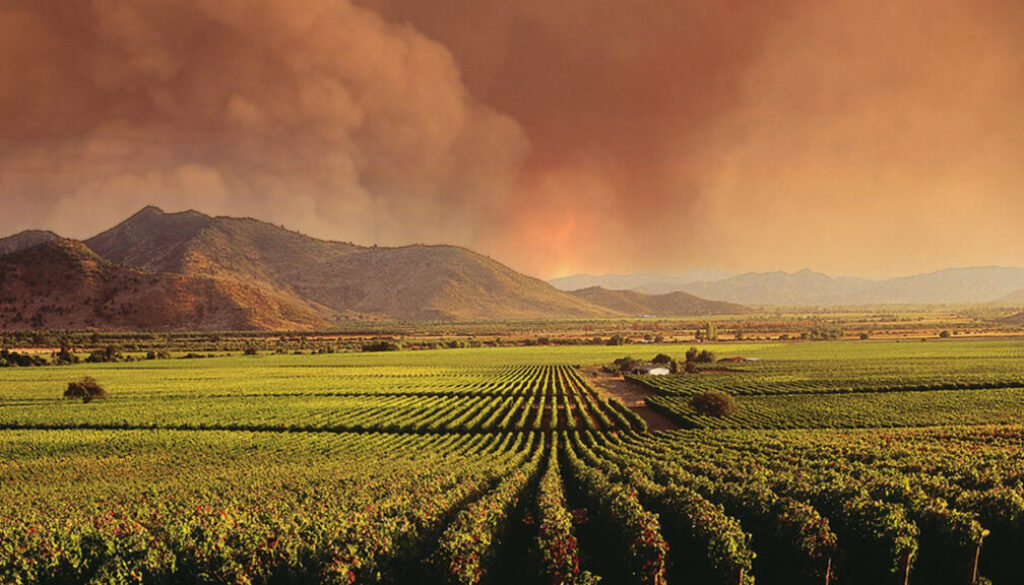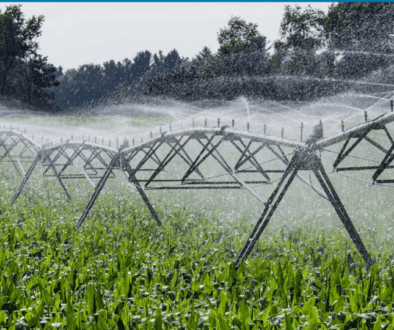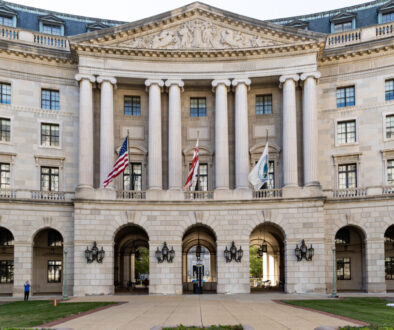As wildfires take over the West, Oregon winemakers adapt
By Lena Beck
It was almost two years ago – the morning of September 8, 2020 – when Clea Arthur started her day with a five-mile run along the Pacific Crest Trail where it crosses Mount Ashland in southern Oregon.
“It was beautiful,” Arthur said. “I had the most beautiful run, until the whole world fell apart.”
Though Arthur had no inkling of the devastation that was to unfold, that September morning became marked in history as the day that a raging wildfire burned through 3,000 acres and destroyed more than 2,500 homes in the valley at the foot of the mountain where Arthur was running. Dubbed the Almeda Fire, it became known as one of the most destructive in Oregon history.
Among the scores of businesses damaged in the fire was a winery and tasting room that Arthur had opened with her partner Brian Denner in 2017. Following the fire all that remained of their operation was a mix of melted steel and the concrete foundation of what had been their business. All their wine was lost — equivalent to more than 34,000 bottles.
The Almeda Fire was one of 30 wildfires that burned across Oregon that month alone, fueled by hot, dry conditions and strong wind. And while the Almeda Fire was unique in its destruction, fierce wildfires have become a more pressing concern in Oregon in recent years. Research has shown that the cumulative forest fire area in the west was nearly double what was expected from natural climate variability between 1984 and 2015. The increase is likely linked to anthropogenic climate change, according to researchers.
As wildfires in the west pose a growing threat, among the industries struggling to adapt are businesses involved in making and selling wine. Grapes are the highest value fruit crop in the United States, contributing about $220 billion to the economy annually. Three of the four leading producers are located in Oregon, Washington and California.
In 2018, Oregon produced nearly 11 million gallons of wine. In 2020, Oregon had just shy of 1000 wineries across the state, an increase of 10% from 2019. The number of vineyards also rose by 6% in 2020.
But as the number of wineries grows, wildfires and other impacts of climate change can result in reduced yields for grape growers.
A report issued in September of 2021 by the University of Oregon’s Institute for Policy Research and Engagement found that Oregon’s grape production in 2020 was down by 29 percent from the previous year. The drop was in large part attributed to the September wildfires. On a larger scale, 2020’s wildfires cost the United States wine industry $3.7 billion in losses.
In the face of such astronomical loss, wine growers in Oregon and the rest of the west coast are figuring out how to adapt.
A smoky taste
The biggest threat to wine grapes during wildfire season comes from the smoke. Grape skins hold onto smoke, which can give the grapes (and ultimately the wines) an ashy taste. Depending on the degree of exposure, the taste can become unpalatable, and therefore, unsellable.
Federal crop insurance has been providing some protection for grape growers. Over 75 percent of grape acreage is insured in Washington state and more than 65 percent is insured in California, according to United States Department of Agriculture Risk Management Agency data. Only 28 percent of grape acreage in Oregon was insured in 2020, in comparison, though that rose to 38 percent in 2021.
With wildfires becoming a more common threat to the industry, Oregon State University researchers, along with researchers from California and Washington state, are studying the effects of smoke on wine grapes and what, if any, strategies can be deployed to remediate damage. The researchers have received a grant for $7.65 million for their work.
The researchers will investigate really specific queries — does smoke exposure affect some varietals more than others? Does the amount of particulate in the air affect how badly grapes are damaged? Does the state of maturity of the grape make a difference?
“There’s multiple dimensions to a smoke event,” said Dr. James Sterns, an economist and core faculty member at OSU’s Oregon Wine Research Institute.
Wildfire smoke is pervasive, which makes avoiding exposure tricky. Researchers can test grapes for certain levels of smoke, but there are even some types of smoke exposure that aren’t apparent until after the fermentation process. Which means you wouldn’t know to what degree smoke had affected your wine until you were drinking it.
“It’s kind of this silent beast waiting to come out of the breakdown of the compounds,” Sterns said.
This research will shape the relationship that Oregon’s wine country will have with wildfire in the future. For now, winemakers have to figure out what smoke does to the taste profiles of their wines.
It’s a bit of trial and error, according to Ian Atkins, owner of Flat Brim Wines in Portland, Oregon. Atkins has a background in food and beverage, and grew up around the woody, smoky scents of Texas barbecue. It’s a flavor he is comfortable with, but not one that is customary in wine.
Atkins produced a 2020 wine made with grapes that had endured smoke contact. While making wine out of smoke-exposed grapes was difficult, Atkins put his creative muscles to good use.
He knew the smoke made the most contact with the skin of the grapes. So to avoid an overly smoky flavor, he had to make sure that as few of the grape skins broke as possible during the harvest. Less breakage equals less contact with smoke. This meant picking early in the morning, when the cooler temperatures would make the skin of the grapes constrict. Then, layering the grapes with dry ice in the fermenter.
The crops were treated with CO2 displacing oxygen before being pressed. The resulting wine, dubbed “Not Tragic,” did well with customers.
“You get a wine that’s not showing the smoke, and it’s pretty fun and playful as well,” Atkins said.
Since the fire that burned their business to the ground, Arthur and Denner have rebuilt their tasting room, called Simple Machine. On October 13th, 2021, they welcomed some of their first customers back into the space.
The new building was constructed on top of the old tasting room’s concrete foundation. When it was finished, the only visible evidence of what had occurred were circular burn marks on the cement from destroyed wine barrels. Arthur and Denner felt passionate about rebuilding alongside the rest of their community, even as wildfire continues to be a threat to the wine industry.
“The hard thing — when we thought about throwing in the towel, or relocating — is like, where do you go?” Arthur said. “Climate change is affecting everyone.”




